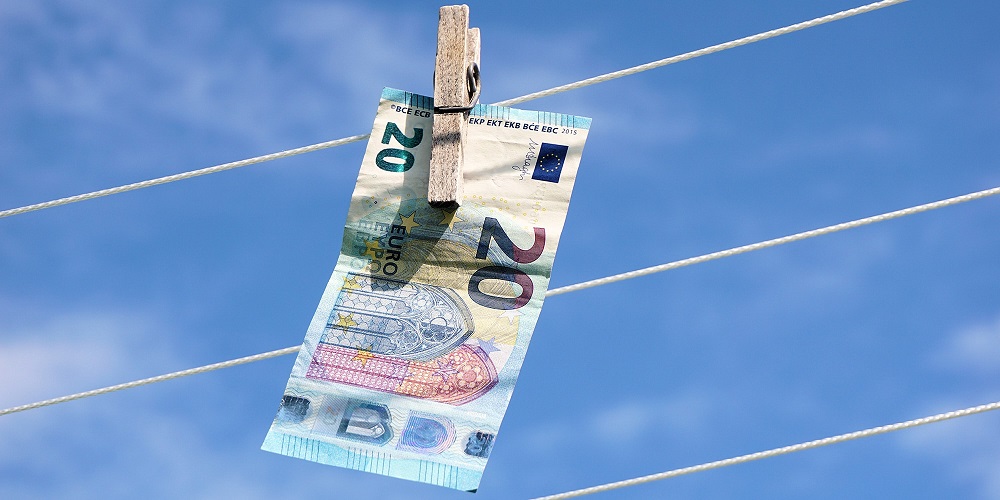A currency peg is a policy in which a national government sets a specific and fixed exchange rate for its currency with one or more foreign currencies. At least, this is the technical definition. But why would a country want to tie their currency to another, and how do they do it? Are there negative effects to this method? Below we answer these and many more questions.
First, though, we must take a step back and look at foreign exchange risk as it plays a central role in business currency exchanges and global payments alike.
What is Foreign Exchange Risk?
As savvy investors already know, and you may expect, foreign exchange risk refers to the potential for loss due to currency fluctuations. Typically, the risk is divided into three subcategories, which are:
- Transaction Risk- When a company purchases a product from another jurisdiction with a different currency rate, they may have to pay more if their currency is depreciated compared to the seller’s rate.
- Translation Risk- When a company has subsidiaries in another country and determines the financials of that subsidiary, they may face foreign exchange risk because of a depreciated currency value in their country compared to the company’s home country.
- Economic Risk- Otherwise known as forecast risk, this is the country in which the company resides experiencing market fluctuations through exposure.
So why is FX risk so important for currency pegs? Because it is the central problem that this policy is trying to solve. By tying their currency to the currency of another country, the pegging country can offset both their economic risk, reduce the transaction risk for sovereign companies and reduce the translation risk for companies that have subsidiaries in their country.
Pegged Exchange Rates & Their Advantages
Of course, reducing FX risk is the main advantage of this economic policy. However, there are also several other advantages at both the country scale and the individual. At the country’s level, they can build investor confidence, reliably trade goods and slowly normalize an otherwise volatile currency.
On the individual level, businesses can theoretically focus on producing the best version of their product. Rather than having to hedge their FX risk and take continual blows through trade negotiations, they can use the free trade of the currency peg to focus on what matters most with the help of their business currency exchange.
The Disadvantages of Pegged Exchange Rates
In the world of economics, it is an unfortunate fact that there are very few things that do not come with disadvantages. One of the problems with pegged exchange rates is the amount of monitoring required. If there are spikes in supply or demand, it can lead to the currency straying from the pegged exchange rate. However, the most common problems occur when the exchange rate is pegged too high or low.
With an exchange rate that is too low, both countries suffer. The domestic consumers will be unable to afford the higher prices of imported goods. As a result, the foreign producers will also struggle to sell as much of their product in that market due to low demand.
On the other hand, a very high pegged exchange rate will benefit the domestic country’s consumers in the short term. They will buy up all of the imported goods at low rates, but this will quickly lead to scarcity and chronic trade deficits. If the currency peg collapses, the country may face higher prices, rapid inflation and difficulty with rising debt.
As you can see, there are many benefits to pegged exchange rates, but they come with a fair amount of risk also. Sometimes this risk can affect global payments. There have been examples of very successful pegs in the past. A good example is the relationship between Hong Kong and The United States of America. In total, about 50 countries are involved in some sort of peg with the dollar and about 30 peg with the euro.
